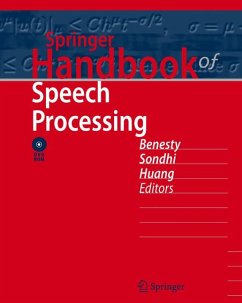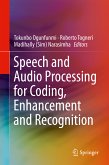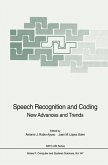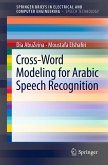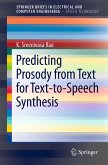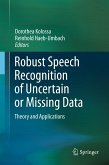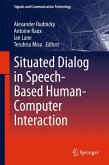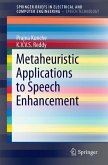From common consumer products such as cell phones and MP3 players to more sophisticated projects such as human-machine interfaces and responsive robots, speech technologies are now everywhere. Many think that it is just a matter of time before more applications of the science of speech become inescapable in our daily life. This handbook is meant to play a fundamental role for sustainable progress in speech research and development. Springer Handbook of Speech Processing targets three categories of readers: graduate students, professors and active researchers in academia and research labs, and engineers in industry who need to understand or implement some specific algorithms for their speech-related products. The handbook could also be used as a sourcebook for one or more graduate courses on signal processing for speech and different aspects of speech processing and applications. A quickly accessible source of application-oriented, authoritative and comprehensive information about these technologies, it combines the established knowledge derived from research in such fast evolving disciplines as Signal Processing and Communications, Acoustics, Computer Science and Linguistics.
Dieser Download kann aus rechtlichen Gründen nur mit Rechnungsadresse in A, B, BG, CY, CZ, D, DK, EW, E, FIN, F, GR, HR, H, IRL, I, LT, L, LR, M, NL, PL, P, R, S, SLO, SK ausgeliefert werden.

